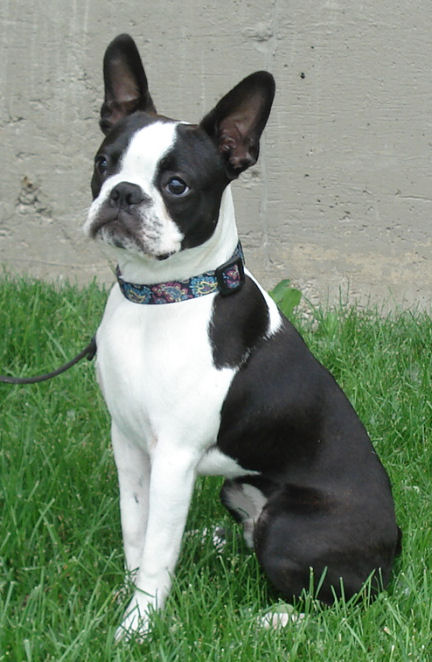“Pay your dog!” is a phrase we use in every single class we teach. It seems that most people are worried their dogs will gain weight if they’re trained with treats.
We hear it all the time. “That’s a lot of treats!” “When can I stop rewarding with food?” The constant objection is that dogs will get fat with reward-based training. A more thoughtful use of food would benefit the dogs. Rather than worry about the dogs gaining weight, see the advantage of using the dog’s most valuable currency to teach them.
Dogs will, absolutely reliably, do whatever’s most rewarding for them. Why not have a meeting of the minds and make what you want the most rewarding thing? Why would you refuse to use the tool that works best?
For instance
This week one of our training game videos went a little viral. It’s Torque’s trick “Troll Under The Bridge.” Lots of people commented, more than we’ve ever seen. People seemed impressed, but “But will he do it without food?” was a pretty common question. Our reply is “Probably. But why should he?”
Let’s try a little perspective on the issue. Would you want to work without pay? Even if you love your job, your office, your colleagues. Would you still do the job for nothing? Most people will give a hard “No!” So why does anyone expect their dog to do their job without payment?
For your love
The answer we hear a lot is “But I pet him and tell him he’s a good dog! Isn’t that reward enough?” Again, put yourself in that position. A hearty pat on the back and “Good job!” is nice to get from your boss. But a bonus is better, more memorable, and means more to most of us.
If you’re worried about your dog gaining weight, remember it’s you who controls your dog’s calorie intake. There’s absolutely no reason you can’t make your dog’s regular food part of the “trail mix” of treats for training. When you measure out your dog’s food for the day, just put a scoop of it in a separate bowl. Mix in some higher-value, shelf-stable treats, and you have your training treats for the day.
Not a lifetime commitment
When your dog is learning something new, is having trouble with something, or is particularly distracted, it’s a good idea to reward often and for smaller steps in training. The rate of reinforcement should be higher for new or more difficult games.

Once a word is cemented in your dog’s vocabulary, you probably don’t have to reward them every time they do it. When dogs are learning our warm-up Puppy Pushups game, they get rewarded for every change of position. Once they’ve been playing a while and enjoy the game, the treats may come after several position changes. Randomizing rewards even becomes part of the interaction. Dogs trained with positive reinforcement will try all kinds of different things to get you to cough up the goodies.
Establish a pattern
One of our students has a large, young dog in a house full of young children. To keep everyone safer, they decided early on that “Down!” was a very valuable behavior for their dog. If she was lying down, they didn’t have to worry about her jumping on the children or their friends. Every time the dog obeyed “Down!” she was rewarded.
Fast forward several months and “Down!” is the dog’s default behavior. It’s so firmly established in her mind that she’s “good” when she’s “Down!” that when she’s confused, or unsure what she’s supposed to do, she lies down. She’ll do it even when she doesn’t get a reward. Because she knows it’s a good thing to do and she values being good.
Dogs just want to be good
Given a choice, dogs want to do the right thing. They may not always know what that is. It’s our responsibility to teach them. Since dogs learn best through the timing and placement of rewards, it’s a no-brainer to use rewards to teach.
If you’ve been stingy with the treats, think about why that’s so. Concern about weight is valid, but just one of the factors to consider. Find low calorie treats your dog likes (Popcorn? Carrots? Celery? Green Beans?). Use higher-calorie options sparingly, and use a portion of your dog’s regular food for training.
There are certainly other rewards dogs find worthwhile, including toys and praise. But if your dog’s number one motivation is food, use it to accomplish your training goals. Pay your dog for work well done.

